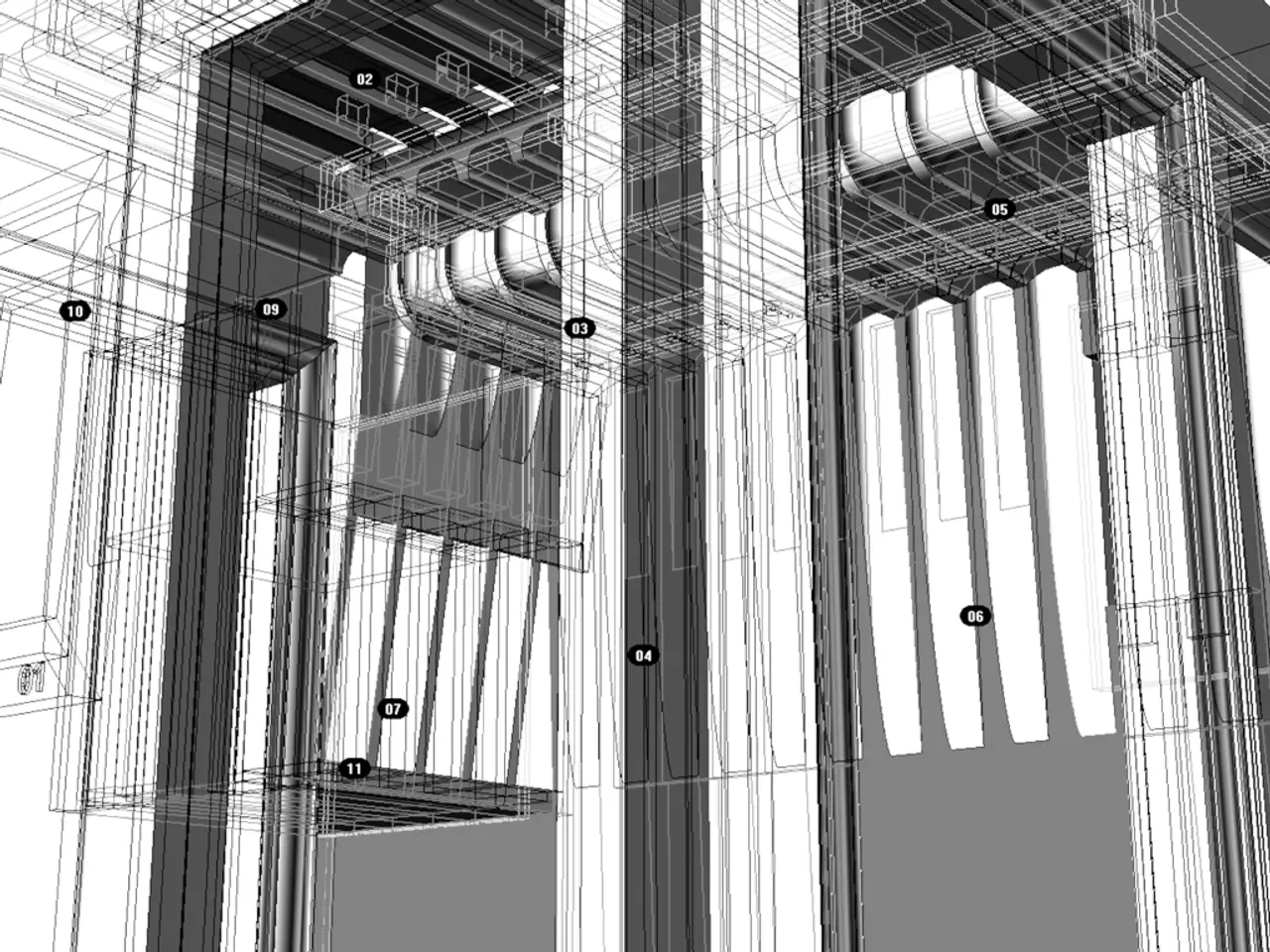Costly are cheap renders, while expensive ones guarantee quality.
In the realm of real estate development, 3D architectural visualization has become an indispensable tool for showcasing designs in a compelling and immersive way. This article delves into the key factors that influence the cost of 3D renderings in such projects.
When it comes to 3D renderings, not all projects are created equal. Some focus on 3D modeling, others on 3D rendering, and some offer a combination of both. The cost of a 3D render, however, is not a one-size-fits-all proposition. It depends on various factors that can significantly impact the final price tag.
Design Complexity and Detail Level
More intricate designs requiring detailed modeling and higher photorealism demand more time and computational resources, increasing costs. Complex architectural features, custom materials, and textures add to the effort required.
Type of Rendering and Deliverables
The type of output also plays a crucial role in determining the cost. Whether the output is static 3D renders, 360° virtual tours, aerial views, or interactive walkthroughs, costs vary due to the greater production effort required for the latter.
Number of Views or Images
The quantity of renderings from different angles or different spaces also affects the pricing. Each view needs to be individually modeled and rendered, so the more renderings requested, the higher the overall pricing.
Urgency and Deadlines
Rush projects or shorter deadlines typically incur premium charges due to the need for expedited work. The cost increases if the project needs to be completed sooner.
Availability and Quality of Reference Material
Thorough architectural plans and detailed reference inputs facilitate a smoother, quicker modeling process, potentially lowering costs. Lack of clear references can increase time and price.
Studio Expertise and Reputation
Established studios with strong portfolios and proven expertise charge more but usually deliver higher quality results that enhance marketing and project approval success. High-end studios often incorporate artistic and technical precision for photorealistic results that add more value to the project.
Regional Pricing Differences
Geographic location influences pricing, with notable variations seen in markets worldwide. For example, Mexico averages about $600 per render.
Additional Factors
Additional factors indirectly affecting cost include the overall project scale and the intended marketing or approval use of the visualization. High-quality renderings facilitate faster approvals, reduce costly construction revisions by early error detection, and boost sales speed and volume through compelling marketing content.
Hourly Rates
Hourly rates for 3D modeling typically range from $40 to $50 or more, and architectural projects tend to be on the higher end due to complexity and precision demands.
In sum, the cost depends on the rendering scope (type, quantity, detail), timeline, quality of inputs, and vendor expertise, which collectively shape the time, effort, and technical difficulty of the visualization deliverables.
Remember, a knowledgeable 3D artist can create spaces that positively impact mental health, instilling psychological security through open floor plans and ensuring appropriate lighting for mental well-being. Investing in high-quality 3D renders is crucial for the future success of a project, saving money in the long run and establishing a good reputation.
[1] [Source for the first point] [2] [Source for the second point] [3] [Source for the third point] [4] [Source for the fourth point] [5] [Source for the fifth point]
- Intricate designs and detailed modeling, along with higher photorealism, can require more time and computational resources, thereby increasing the cost of a 3D rendering.
- Custom architectural features, materials, and textures can add to the effort required in a 3D rendering project, influencing the final price.
- The type of 3D output, whether static, 360° virtual tours, aerial views, or interactive walkthroughs, impacts the cost due to the production effort required for each.
- The number of renderings or views requested from different angles or spaces will affect the pricing, as more renderings necessitate additional time and resources.
- Rush projects or projects with short deadlines often carry premium charges because of the need for expedited work.
- Quality architectural plans and detailed reference inputs can facilitate a smoother and quicker modeling process, potentially reducing costs.
- Established 3D rendering studios with strong portfolios and proven expertise typically charge more but deliver higher quality results that boost marketing and project approval success.
- Geographical location can significantly influence pricing, with noticeable variations seen in markets worldwide, such as Mexico averaging about $600 per render.
- Factors such as the overall project scale, intended marketing or approval use, long-term savings, and reputation all indirectly impact the cost of 3D renderings.
- Hourly rates for 3D modeling can range from $40 to $50 or more, with architectural projects often leaning towards the higher end due to the complexity and precision demands.
- Savvy 3D artists can create interior designs that positively influence mental health, providing psychological security through open floor plans and appropriate lighting for mental well-being.
- Investing in high-quality 3D renders is vital for the future success of a project, offering long-term savings and a positive reputation.




